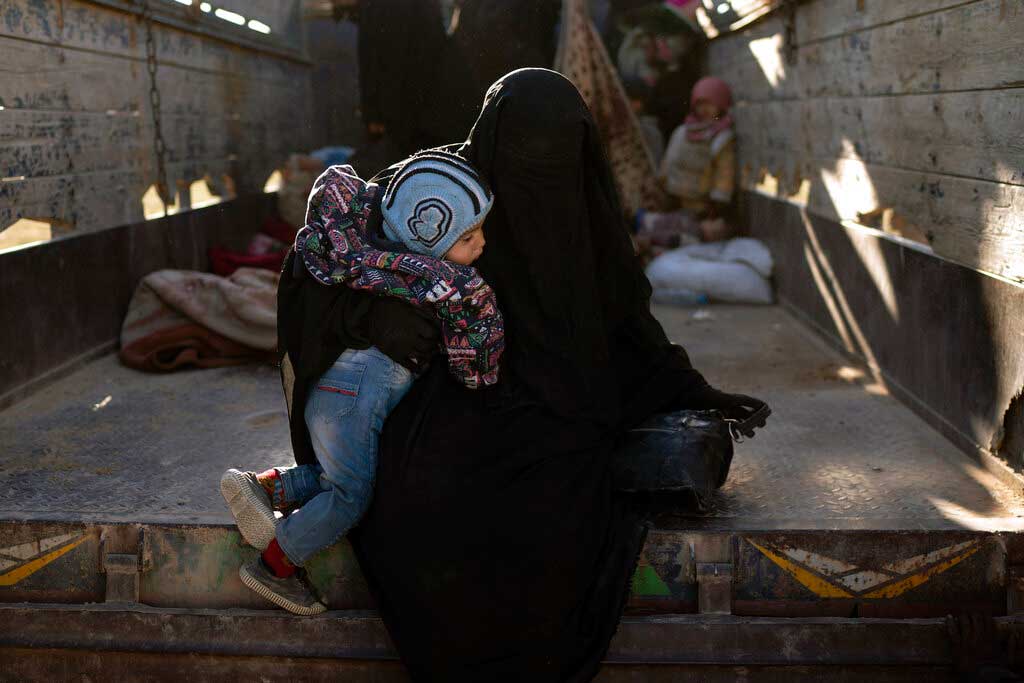The fall of the Islamic State has been as spectacular as its rise. Around three years ago, when government forces in Iraq began a determined campaign to rid the country of the IS — a confederation supported by the United States of America began pushing back the militants from Syria around the same time — the Caliphate ruled chunks of territory in both nations. That the tide was turning was already evident in 2017. Mosul, in Iraq, was freed from the IS’s clutches; in Syria, Raqqa, the ‘capital’, fell the same year. The momentum gained by the liberators culminated in the recent capture of Baghuz, the last sliver of territory that was under the IS’s occupation.
Of course, the IS’s defeat has come at a steep price. Even though the exact figure of civilian casualties in the conflict remains unknown, it is generally believed that the toll is much higher than the official estimate. The international community has reasons to be pleased with its efforts; it has proved, once again, that cooperation among local and Western powers can prove to be a deterrent against the threat posed by extremism. But this is not the hour for complacency; it is a time of consolidation. The IS may have been uprooted from strategic geographical locations but its roots run deep in the radicalized mind. The IS’s potential for destruction does not stem from it being a formidable physical force. The threat lies in the effective propagation of its ideology. The venom in ideas cannot be contained by geographical borders. This explains the chilling success that the IS has had in carrying out attacks in far corners of the world with the help of a shadowy network. One obvious way of neutering a malignancy such as the IS is to severe its tentacles. Modernizing security and installing systems of surveillance are some of the measures that are preferred by the State. But the battle against the IS would remain half won if security is prioritized over ideology. Nations must reflect on the conditions that serve as catalysts of radicalism. Worryingly, a number of citizens cutting across national boundaries had crossed over to the side of the Caliphate of their own free will. Inclusive polities have had a better chance in confronting the IS’s toxicity. India, till now, has managed to keep the menace at bay. The weakening of India’s pluralistic social fabric could thus pose a danger to the nation in several ways.













